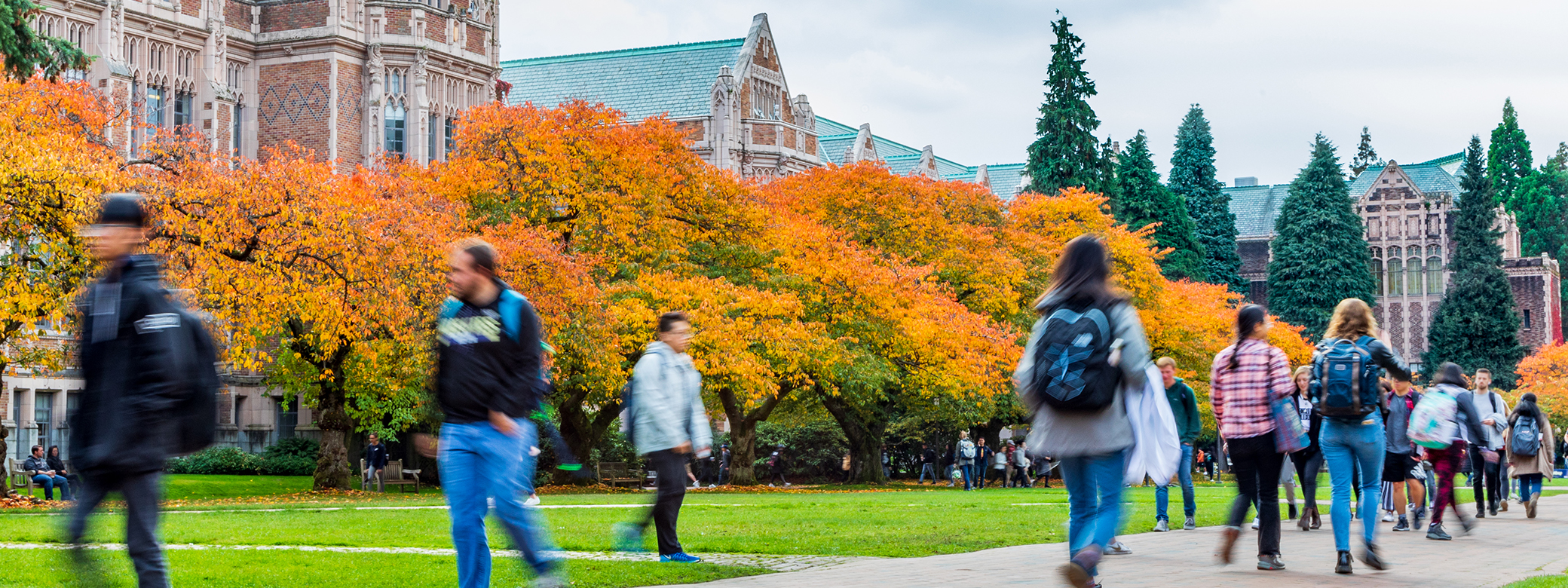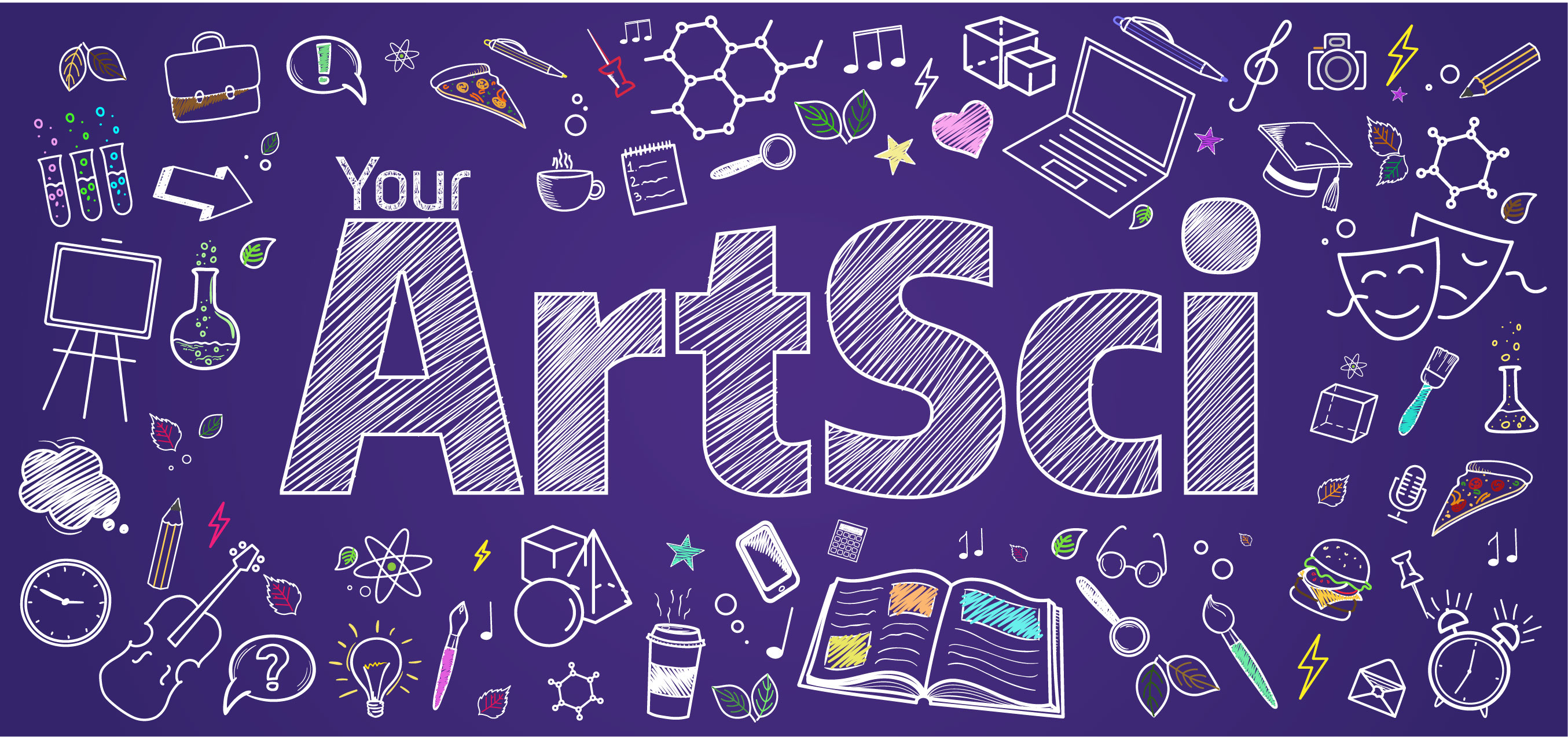
As you think about autumn quarter 2024 course registration, check out these unique Arts & Sciences offerings. They’re open to all students, have no prerequisites, and fulfill Areas of Knowledge requirements as noted.
Political Perspectives
Love & Sex & Food
The Modern University
Science & Technology
Exploring Language
Film & Literature
More Cool Courses
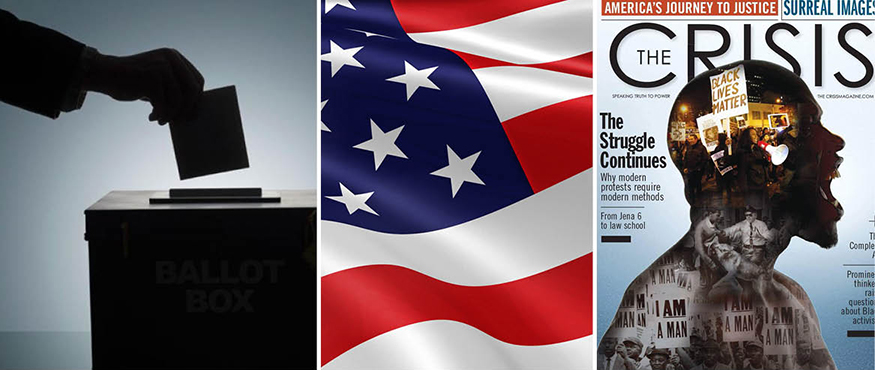
Political Perspectives
Mathematics and Democracy
MATH 180
(listed as “Topics in Mathematics for Non-Science Majors”)
How can we determine the winner in a ranked-choice election? What are the advantages and disadvantages of different voting systems? Can mathematics help us create fair congressional districts or detect gerrymandering? Students will take a mathematical look at problems that arise in a representative democracy and learn how different areas of math can help us address these and other questions.
Jonah Ostroff, Mathematics
3 credits, NSc, RSN
How to Steal an Election
POL S 220
Although democracy has spread globally since the end of the Cold War, political actors increasingly seek to win elections through nefarious means. Why are elections worth stealing, who (tries to) steal them, and in what ways? Learn about rigging strategies that undermine elections in modern democracies and new methods for improving electoral integrity.
James Long, Political Science
5 credits, SSc
The Black Press
COM 495 B
(listed as “Special Topics in Communication”)
The news is a key battleground where struggles over power and citizenship transpire. Investigate the racial politics of American journalism by exploring how African Americans past and present produced counter narratives to resist their misrepresentation in dominant news media. Course content includes primary sources, including oral histories and interviews with news professionals, alongside scholarly texts.
Timeka Nicol Tounsel, Communication
5 credits, A&H, SSc, DIV
Latina/o Migrations: A Comparative Analysis
CHSTU 352
Compare migrations to the US from Mexico, the Caribbean, Central America, and South America, studying key theories and conceptual frameworks and looking at structural powers, the state, and identify formation in areas such as work, family, political participation, and community.
Carolyn Pinedo-Turnovsky, American Ethnic Studies
5 credits, DIV, SSc
In-Justice for All: Intersection of Race, Ethnicity, Class, and Gender in the United States
AES 150
Covering the pre-Columbus era to 1970, look at how race, ethnicity, nationality, class, and gender impact all Americans — especially those viewed as racial ethnic minorities.
Connie So, American Ethnic Studies
5 credits, DIV, Ssc
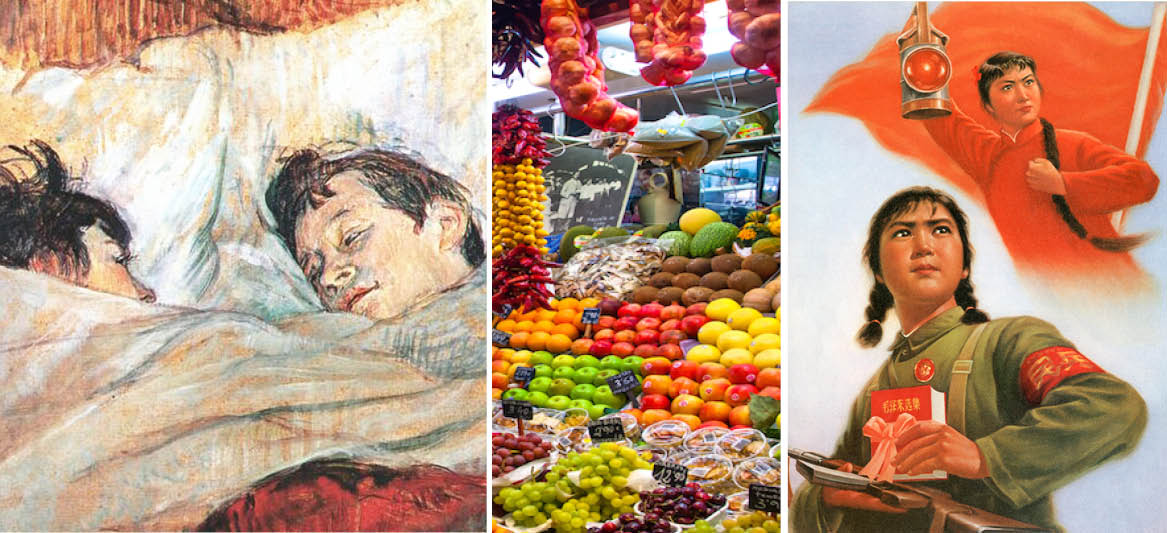
Love & Sex & Food
Geography of Food & Eating
GEOG 271
Explore the political, social, and economic dimensions of food and eating in particular spaces, places, environments, contexts, and regions. Learn about the development of the world food economy, current responses to instabilities and crises, and issues relating to obesity, hunger, and inequality in relation to food systems.
Gretchen Sneegas, Geography
5 credits, DIV, SSc
Money, Love and Marriage in Europe and America
JSIS B 312A / GWSS 390C / C LIT 250A
(listed by various course names)
Engage in a cross-cultural and interdisciplinary discussion of romantic and economic issues related to marriage by drawing on seminal texts in history, anthropology, feminist literary criticism, and cultural studies.
Nektaria Klapaki, International Studies
5 credits, SSc
Gender and Sexuality in China
GWSS 328 / JSIS A 328 / ANTH 328
(listed by various course names)
Examine gender and sexuality as key aspects of China’s process of modernization, from the late Qing dynasty through the Republican era, Communist revolution, and economic reform. Read the fiery words of anarcho-feminist He-Yin Zhen; delve into China's revolutionary modern girls, women soldiers, and iron girls; and learn how "comrade" shifted from a term of socialist solidarity to queer identification.
Sasha Su-Ling Welland, Gender, Women and Sexuality Studies
5 credits, DIV, SSc
The Queerness of Love
GERMAN 285A / GLITS 253A / ENGL 242B / CHID 270A
(listed by various course names)
In this course, we will attempt to trace the limits and possibilities of queer love, from Socrates’ description of platonic love, to 20th century novels that explore same-sex love, to contemporary films such as Brokeback Mountain, Moonlight, and Watermelon Woman.
Richard Block, German Studies
5 credits, DIV, SSc, A&H
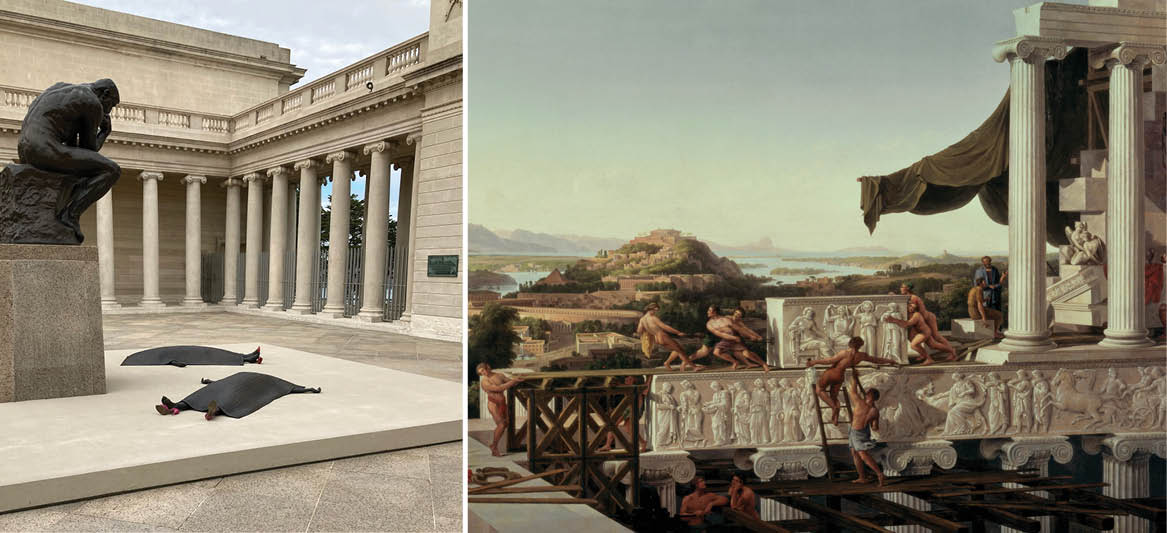
The Modern University
The Idea of the University: Ways of Learning, Exploring, and Knowing
CHID 210A
Is the university a refuge or a site of discipline? Is it an agent of colonialism, capitalism, and the state, or the crucible for social change and resistance? Is it all of these things? Can it be something else? Examine the university as simultaneously a crime scene, a site for healing, and a place for transformation. This course engages with scholars across the arts and sciences, with special attention to the contributions of Black, Indigenous, and other radical intellectual traditions.
Tony Lucero, Comparative History of Ideas
5 credits, A&H, SSc
Campus Tour: A Multicultural Introduction to German Studies
GERMAN 120A
(listed as “Introduction to German Studies: A Multicultural Approach”)
Modern research universities like the UW are a 19th-century German invention. This course provides an introduction to the modern university, exploring the relationship between knowledge and power and looking at the ways that German thinkers have worked alternately to construct the fields of academic knowledge, to promote cross-fertilization among those fields, and to challenge disciplinary boundaries.
Kye Terrasi and Andre Schuetze, German Studies
5 credits, SSc, DIV
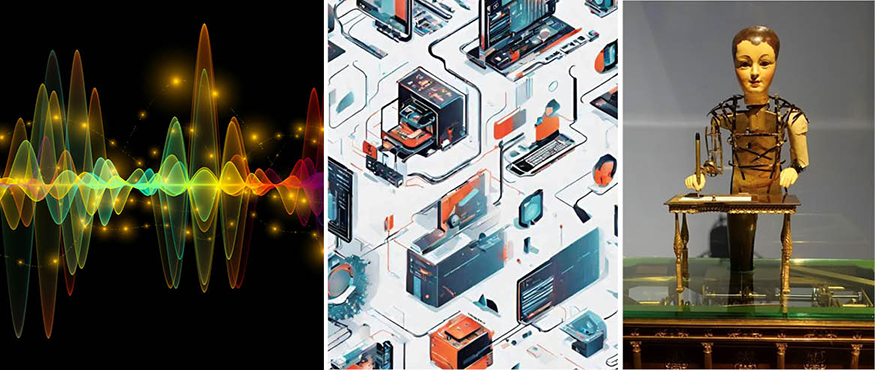
Science & Technology
The Physics of Music
PHYS 207
There is a large overlap between physics and music, with physics playing a pivotal role in instrument design and acoustics. The perception of sounds by the ear and brain is also a fascinating process. Examine how sound waves produced by instruments — and their detection by the ear — give rise to our favorite sounds.
David Smith, Physics
3 credits, NW
AI & Human Creativity in Historical Perspective
TXTDS 221A
How will AI impact ideals of creativity and originality? What can we learn from the history of how technologies have “enhanced” human abilities to write and read from antiquity to today? Explore the history of AI, how it has evolved to its level of importance today, and how new technologies have impacted human creativity throughout history.
Geoffrey Turnovsky, Richard Watts, French & Italian Studies
5 credits, A&H, SSc
Technology and International Studies
JSIS B 255
Technological advancements have profoundly shaped the international system throughout history. Learn about major recent technological developments and their impact on the global system, including weapons of mass destruction, information and communication technology, cybersecurity, energy, and emerging technology such as artificial intelligence.
Jessica Beyer, International Studies, Information School
5 credits, SSc
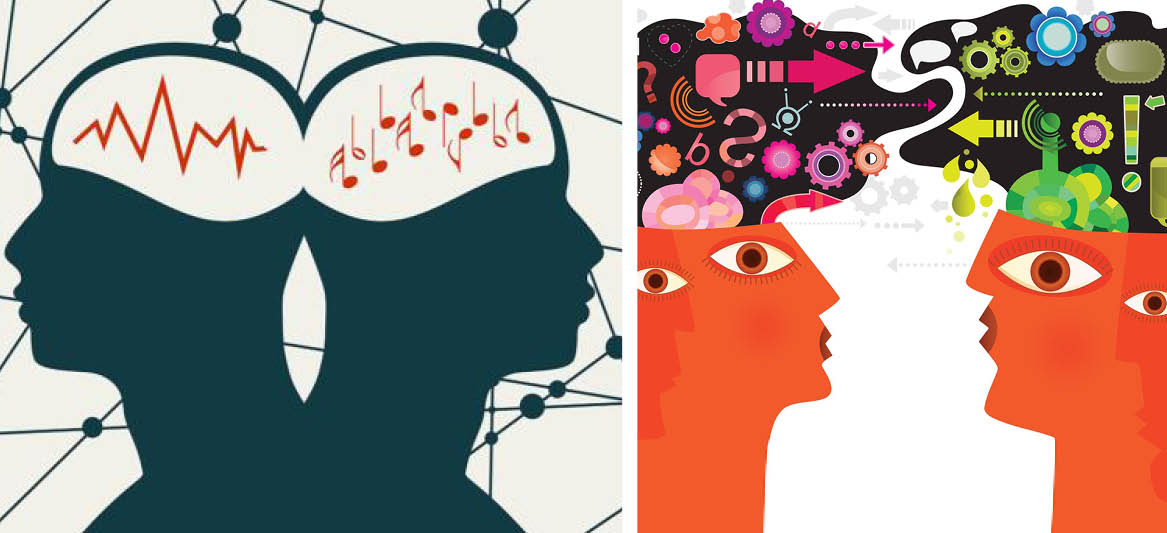
Exploring Language
Language and Thought
LING 210
Does the language you speak influence how you think or see the world? To address this question, we examine evidence from a variety of disciplines. Through cross-cultural comparisons — including differences in how languages describe color, time, space, number, gender, and more — gain insight into the possible worldviews of speakers of other languages.
Laura McGarrity, Linguistics
5 credits, SSc
Harmonizing Language and Music: Exploring French and Italian through Music
FRENCH 240A / ITAL 240A
(listed as "Introduction to French & Italian Studies")
This class combines language learning with music, providing students with an opportunity to enhance their skills while immersing in the melodies that define French and Italian heritage. Through performance and engaging with song, students will begin to learn or further develop their French or Italian language skills.
Eun Ju Vivianna Oh, Music
5 credits, A&H
Southern Lushootseed Language and Culture
AIS 313
(listed as “American Indian Language – Salish”)
Learn to speak, read, and write in Southern Lushootseed — the language spoken by the Native peoples in this area — through storytelling and games like Bingo. Explore the history of Southern Lushootseed, its sound system, and grammar. By the end of the quarter, you will be able to read Southern Lushootseed, construct sentences, and speak basic phrases in the language.
Tami Hohn (Puyallup), American Indian Studies
5 credits, fulfills foreign language requirement
Elementary Amharic
MELC 196A
(listed as “Introductory Studies in Middle Eastern Languages and Cultures”)
Amharic, the national language of Ethiopia, is the main language of political economy in the Horn of Africa and is spoken in diaspora communities across the world. Learn Amharic, including its unique writing script, while becoming familiar with history and culture from the Horn of Africa.
Mehari Worku, Middle Eastern Languages and Cultures
5 credits, SSc

Film & Literature
China Dreams: Imagining the World in Modern Chinese Literature and Film
ASIAN 204A / C LIT 250B / GLITS 253 B
(listed by various course names)
What do we dream of? How do we share our dreams? In China, as around the world, the last century has seen ceaseless change in the tools for recording and communicating visions both public and private. Through Chinese film and literature, examine contemporary representations of the modern world and the possible futures that await us.
Chris Hamm, Asian Languages & Literature
5 credits, A&H, SSc
Dynamite Reads: World Literature and the Nobel Prize
GLITS 200 / C LIT 200 / FRENCH 390B
Who wins the Nobel Prize, who doesn't, and why? What does that tell us about literature and the world in which we live? Explore the writings of Nobel Prize winners from a range of countries, languages, and traditions, with presentations by UW faculty from across the Humanities.
Richard Watts, French & Italian Studies
3 credits, A&H
Crime Scenes: Investigating the Cinema
CMS 270A
(listed as “Perspectives on Film”)
“How many bodies do you think we’ll find?” Acts of violence and mysterious motives have fascinated movie-goers for more than a century and around the world. Rather than focus on a particular genre, such as the detective film, this course casts a wide net, investigating “crime scenes” broadly, through a diversity of genres, cultures, and historical contexts. Watch and discuss some of the greatest films ever made!
Eric Ames, Cinema & Media Studies
5 credits, A&H
Fairies, Genies, and Monsters: The Romance Genre in India
S ASIA 254A / GLITS 252A
Explore the long adventure narratives (dastan) of South Asia, with references to the Middle and Near East. Through texts translated into English, learn to think about adventure narratives (think Game of Thrones! Lord of the Rings!) in a new way. We’ll read "The Arabian Nights," "The Adventures of Amir Hamza," and compare them with "The Hobbit"!
Jennifer Dubrow, Asian Languages & Literature
5 credits, A&H
From East to West, from Literature to Film
SLAVIC 423A / GLITS 314A / CMS 423A
(listed by various course names)
Focusing on East European directors who moved to the “West,” this course will compare their East European productions with their American or Western European ones. While discussing their work, students will also gain insight into Eastern European and Western cinemas in general.
Gordana Crnković, Slavic Languages & Literatures
5 credits, A&H
Cross-Cultural Encounters in the Middle Ages
ITAL 354A / GERMAN 298A / GLITS 313A
(listed by various course names)
Explore literary expressions of cross-cultural interactions between European and non-European cultures in the Middle Ages, as well as representations of "Otherness" in cultural settings and literary texts. Learn how diversity and interconnectivity materialize in the contexts of politics, commerce, migration, religion and similar philosophical and cultural frameworks, and examine how such ‘modern’ global phenomena find root in the 'premodern' world.
Beatrice Arduini, French & Italian Studies
Annegret Oehme, German Studies
5 credits, A&H, DIV

More Cool Courses
Introduction to Visual Culture
CHID 250C
(listed as “Special Topics: Introduction to the History of Ideas”)
Interrogate the pervasiveness, power, and meaning of images in everyday life. Why are images considered powerful enough to censor and regulate? What role have technologies such as print, photography, and cinema played in the history of images? How are images utilized to generate new conceptions of self and society? Put simply, what is at stake in thinking about looking at images?
Sudhir Mahadevan, Comparative History of Ideas, Cinema & Media Studies
5 credits, A&H, SSc
Resilience and the Creative Process: Courage, Optimism, Creativity
DRAMA 203
Learn about creative thinking and how it can be used in the face of professional and personal challenges. Focusing on artistic practice as a practical example of resilience in action, this course encourages students to become their fullest, most human, most creative, most productive, most successful selves.
Valerie Curtis-Newton, Drama
5 credits, A&H
Exploring Graffiti: Combing Landscape Archaeology and Data Science
ARCHY 235
Gain hands-on experience investigating Seattle graffiti by combining basic data science methods within a landscape archaeology framework. Learn collect data and then process, analyze, and visualize it using Python, ultimately generating a report on the state of graffiti in several city blocks in Seattle, which will contribute to a long-term Graffiti project.
Marcos Llobera, Anthropology
5 credits, SSc
More Stories

Democracy by the Numbers
Mathematics and Democracy, an undergraduate mathematics course, explores the role of math in many aspects of democracy, from elections to proportional representation.
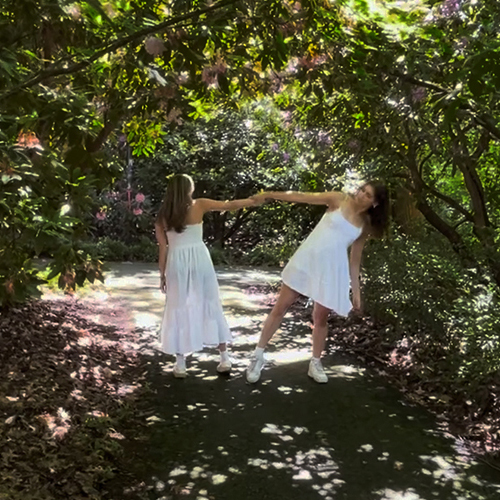
Dancing Across Campus
For the dance course "Activating Space," students danced in public spaces across the University of Washington's Seattle campus this spring.
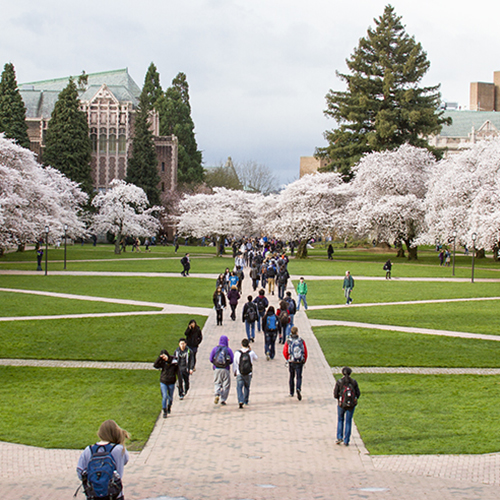
Four Students Shine as 2024 Dean's Medalists
Meet the four new graduates honored as College of Arts & Sciences Dean's Medalists for 2024.
